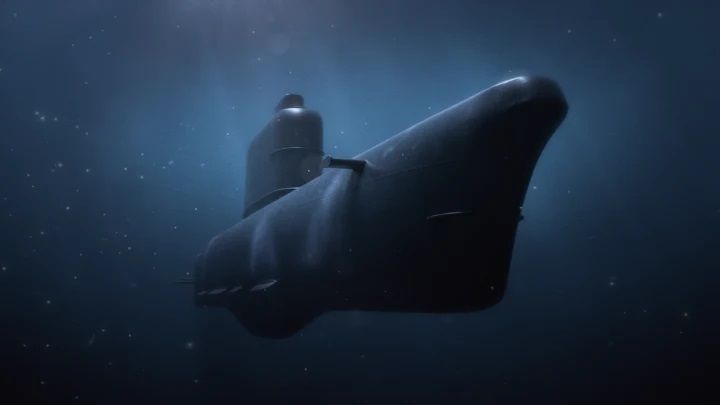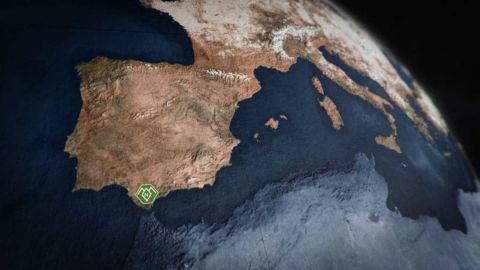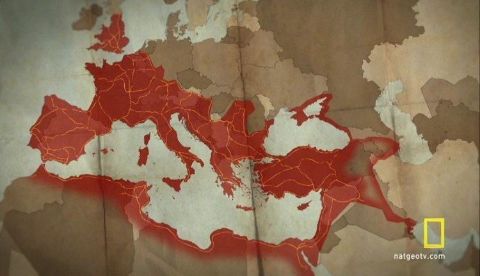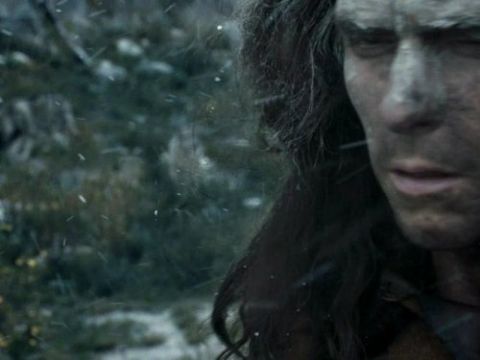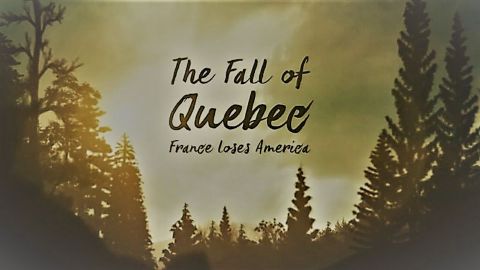Truth is Stranger Than Fiction • 2020 • episode "Part 1" • The Real Hunt for Red October
In 1984, Tom Clancy, who works as an insurance salesman, publishes a book, The Hunt for Red October, which contains some of the Cold War's best-kept secrets. Where does the information come from? The book is followed by a hit film, the story of which appears to be strongly linked to one of the largest operations in CIA history.
Make a donation
Buy a brother a hot coffee? Or a cold beer?
Hope you're finding these documentaries fascinating and eye-opening. It's just me, working hard behind the scenes to bring you this enriching content.
Running and maintaining a website like this takes time and resources. That's why I'm reaching out to you. If you appreciate what I do and would like to support my efforts, would you consider "buying me a coffee"?
Donation addresses
BTC: bc1q8ldskxh4x9qnddhcrgcun8rtvddeldm2a07r2v
ETH: 0x5CCAAA1afc5c5D814129d99277dDb5A979672116
With your donation through , you can show your appreciation and help me keep this project going. Every contribution, no matter how small, makes a significant impact. It goes directly towards covering server costs.
